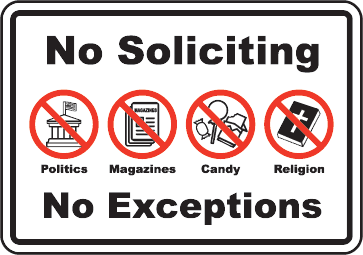I had another piece of writing in mind for this evening, until I made the pleasurable mistake of opening up the latest Lefsetz Letter before writing. Rather than staying my course, I thought I’d change tack, fulfill one of my three words for 2013, and ‘react’.
You might not like what Bob Lefsetz has to say, but you’ll defend to the death his right to say it when the passion bleeds through in his every missive. To wit…
SPAM: No one is going to listen to your music because you sent them an e-mail, tweet or Facebook link. Hope this effort makes you feel good, because it’s worthless.
Spinning Music vs. Spamming Music
Not all spam is created equal.
In fact, any honest marketer – not an oxymoron, for any smart arses reading – knows the pain of seeing just one ‘Marked as spam’ check in in their campaign report numbers. A painstakingly developed opt-in e-mail list, combined with a true desire to update people on something in which they’ve previously shown an interest, is still one of the most important tools in your music marketing kit, no matter what sweeping statements you read to the contrary.
Beyond that, there are certainly many ways of communicating on Facebook and Twitter that will grate on many people’s last nerve. But to extend that to all tweets and Facebook links being spam is to point to Mitt Romney and call him Mr President… not of this reality.
A personally crafted message to a listener espousing tastes similar to your style of music is far more a caring act than a callous one. Describing your lovingly crafted, finely honed new track to your Facebook community and asking them to share, if it moves them to do so, is opening a doorway and gently ushering new listeners into your home, not jamming a foot in the door of their home and feverishly waving a set of headphones about their face.
The spectrum runs from unwelcome to warmly welcomed, infuriating to ingratiating. People know spam, meaning they also know what it isn’t and will not summarily dismiss everything unexpected as such. That is, apart from those frustrating few in the aforementioned marketing reports… is it so hard to use the ‘unsubscribe’ option, really?
I digress.
Know Your Audience Know You
The key here is familiarity. Your prospective listener needs to know you, or at least understand that you are attempting to personally know them, in order to elevate your approach from spam to a spin of your song.
How do you achieve this?
Only practice opt-in e-mail marketing, preferably segmented for relevance to specific sets of your audience.
Set up listening stations to spot fans of similar styles, explore their web presence to see what they’re listening to or subjects that they’re interested in, then recommend the most suitable song you have for them with a brief explanation.
Become a part of online communities that fit with your music and subject matter,
Write your own self-hosted content, attracting readers and comments to your website where you can build a closer relationship with them.
Or one hundred other steps that involve a personal connection and an open the door for willing new listeners to check out your music. Recent examples for me include Twitter conversations with Brooklyn’s Sojourn Society and Nashville’s Red Measure, both unsolicited but neither of which felt like an intrusion, due to the nature of the approach.
Honest. Personal. Spam factor zero.
Spamalot?
My feeling is that the original point is more nuanced than the spam conclusion asserts, but it raises the valid question that all artists should ask ahead of that next e-mail update or Twitter DM: Are you spamming or connecting?
How can you change the way you approach potential fans this year to make the desire to listen to your music more of a personal thank you than an obligation?





.